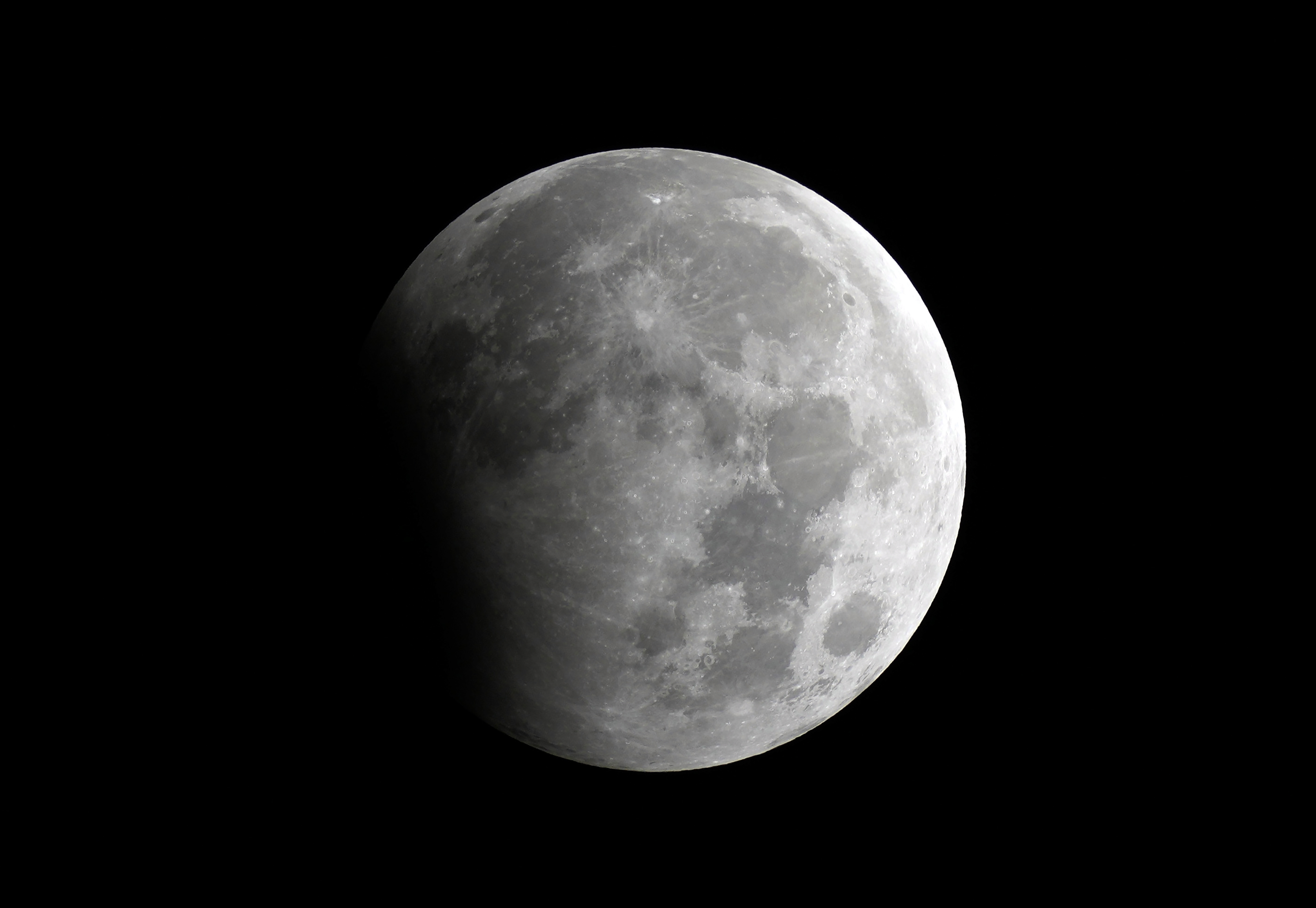Forecasters are warning that the probability is growing for an El Niño event to develop in coming months, which could cause significant changes in weather around the world, including in the United States.
In recent years, a long-lasting La Niña event has caused natural disasters and massive weather impacts around the world, with record-setting cyclone seasons in the Atlantic Ocean and heavy rains in the Southern Hemisphere.
Now, it appears that the opposite weather pattern could potentially take hold, with a growing probability that an El Niño event will start, potentially as soon as this summer.
So what exactly is the difference between El Niño and La Niña? Here’s what you need to know.
What is El Niño?
In an El Niño event, trade winds tend to weaken, which pushes warmer-than-normal water back into the central and east-central Pacific Ocean, according to the NOAA. This can cause cascading impacts on the weather and on the climate, with high-pressure patterns dominating the western Pacific and low-pressure patterns dominating in the eastern Pacific, which can have impact on the continental United States.
The event also can cause excessive precipitation and warmer-than-normal temperatures in different areas depending on the placement of the dominant jet stream.
Local
Scientists do note that the severity of El Niño can vary greatly, and that some events can showcase different environmental and climate impacts.
What Are Its Impacts on the Midwest?
Feeling out of the loop? We'll catch you up on the Chicago news you need to know. Sign up for the weekly Chicago Catch-Up newsletter.
Illinois and the Chicago area typically see warmer temperatures as a result of El Niño, especially in the fall and winter months, according to researchers at the University of Illinois.
The entire Midwest also typically sees below-normal levels of precipitation in El Niño years.
What About Its Wide-ranging Impacts?
While most of the Midwest sees lower than normal levels of precipitation, parts of the southern United States, including a stretch from Texas to Florida, sees more rain than normal.
The southwestern United States and parts of California also see more precipitation in some instances, but the conditions tend to vary and are still being studied.
Elsewhere, portions of South America tend to see more rain, according to the NOAA, as do parts of Africa.
Asia and Australia tend to see less precipitation during El Niño years.
Overall, global temperatures tend to rise during El Niño events, with some of the warmest temperatures in recorded history occurring during those seasons.
What is La Niña?
La Niña is the colder counterpart of the El Niño phenomenon, with winds blowing warm water away from South America and toward Asia in a reversal of what is seen during El Niño patterns, according to the NOAA.
What Are Its Impacts on the Midwest?
Above-average precipitation generally occurs during these events, but temperatures typically aren’t affected too strongly by the phenomenon. Cooler temperatures can occur, but that varies by event, researchers at the University of Illinois say.
What About Its Wide-ranging Impacts?
Areas of the western United States tend to see wetter-than-normal weather during a La Niña event, while the desert southwest and most of Texas and Florida see drier-than-normal conditions.
The eastern United States typically sees warmer-than-normal temperatures.
In Canada, winter tends to be colder and snowier during El Niño patterns because of a large northward spike of the Arctic jetstream, which carries cold air through eastern Alaska and the western portions of Canada.
Areas of South America that see more rain during an El Niño see the exact opposite effect during a La Niña, with frequent droughts likely during the events. Other parts of the continent rain than normal, especially in Brazil.
Australia also typically sees more rain than normal, as do parts of eastern and southeastern Asia.
Africa seems wetter-than-normal temperatures in the southern portion of the continent, but areas near the equator typically see droughts.



